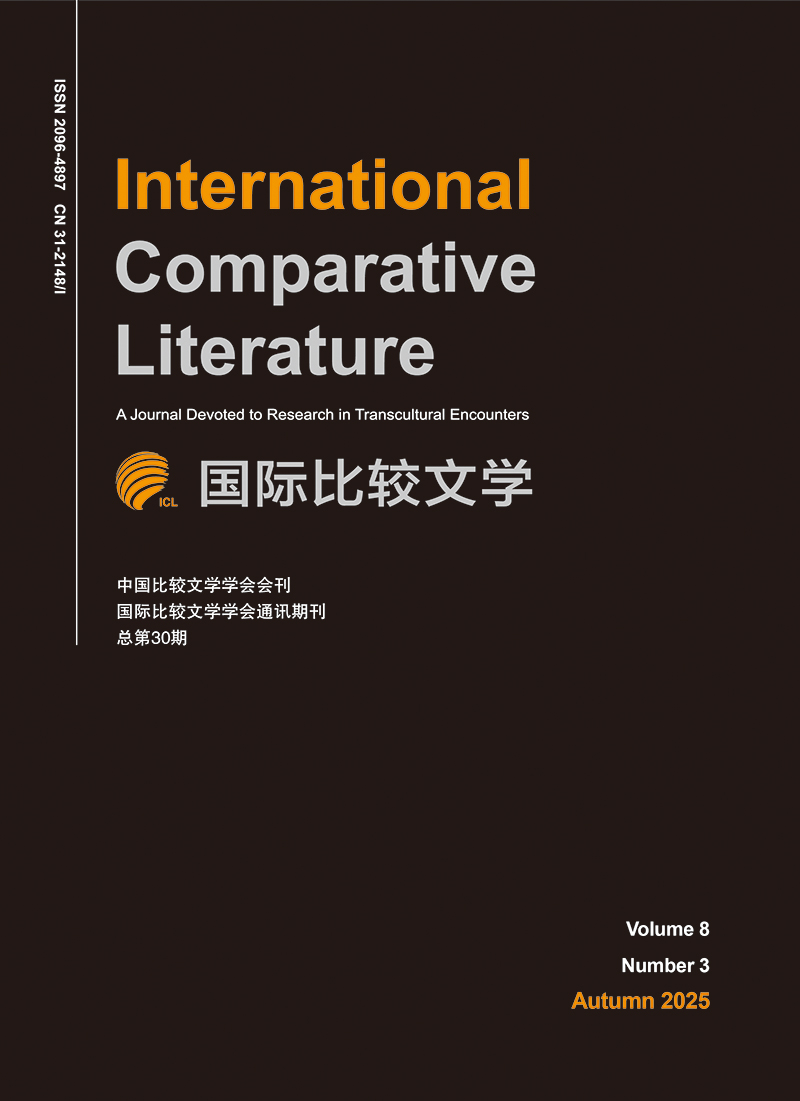2021 Vol. 4, No. 2
Display Method:
2021, 4(2): 207-242.
doi: 10.19857/j.cnki.ICL.20214201
Abstract:
2021, 4(2): 243-280.
doi: 10.19857/j.cnki.ICL.20214202
Abstract:
2021, 4(2): 281-300.
doi: 10.19857/j.cnki.ICL.20214203
Abstract:
2021, 4(2): 301-314.
doi: 10.19857/j.cnki.ICL.20214204
Abstract:
2021, 4(2): 315-326.
doi: 10.19857/j.cnki.ICL.20214205
Abstract:
2021, 4(2): 327-338.
doi: 10.19857/j.cnki.ICL.20214206
Abstract:
2021, 4(2): 339-351.
doi: 10.19857/j.cnki.ICL.20214207
Abstract:
2021, 4(2): 352-360.
doi: 10.19857/j.cnki.ICL.20214208
Abstract:
2021, 4(2): 363-378.
doi: 10.19857/j.cnki.ICL.20214209
Abstract:
2021, 4(2): 381-383.
doi: 10.19857/j.cnki.ICL.20214210
Abstract:
2021, 4(2): 384-388.
doi: 10.19857/j.cnki.ICL.20214211
Abstract:
2021, 4(2): 391-396.
doi: 10.19857/j.cnki.ICL.20214212
Abstract:


